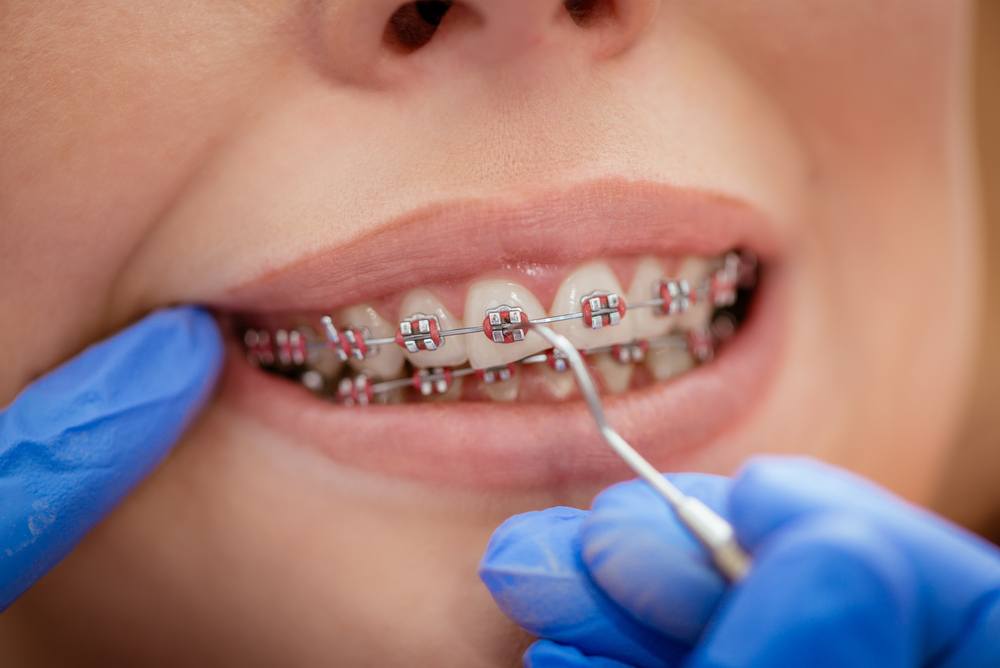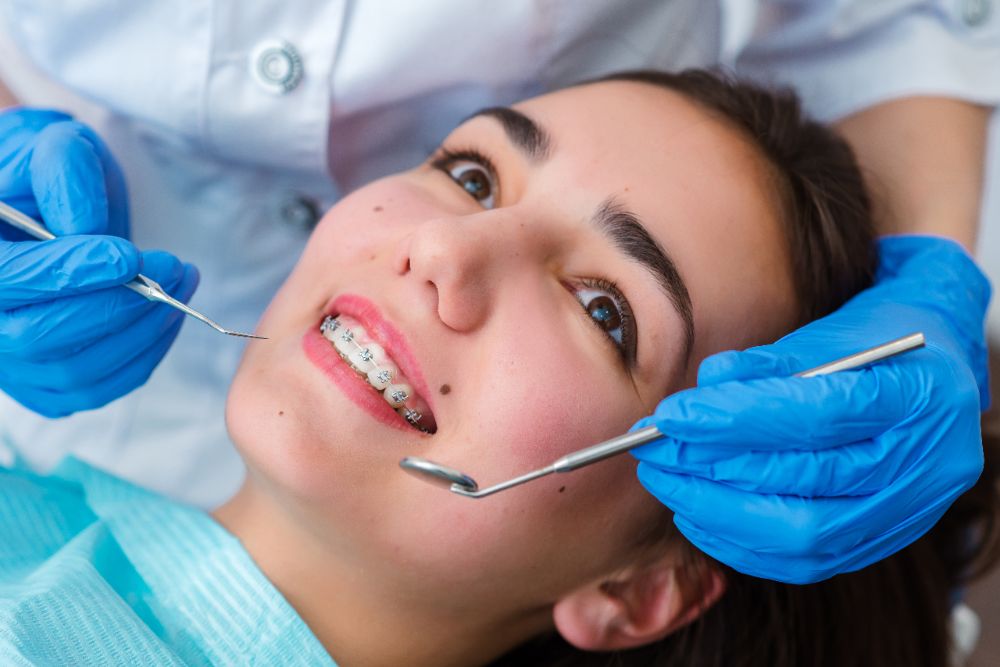Comprehensive Overview to Orthodontics Procedures for Correcting Oral Imbalances
In the realm of orthodontics, the journey to accomplishing a flawlessly lined up smile includes a myriad of treatments tailored to correct oral imbalances. From typical dental braces to unnoticeable aligners and even medical choices, the field of orthodontics offers a series of options to attend to varying levels of dental irregularities. Recognizing the ins and outs of each procedure, including their devices, advantages, and potential downsides, is vital in making notified decisions regarding one's orthodontic treatment. As we browse with the extensive overview to orthodontic treatments for correcting oral misalignments, the detailed details of each approach will unravel, dropping light on the course toward a useful and harmonious dental placement.
Orthodontic Procedures Review

Normal modifications and tracking are crucial parts of orthodontic treatment to ensure progression is on track and to make any type of required modifications along the means. By undergoing orthodontic procedures, clients can not just accomplish a straighter smile yet additionally improve their overall dental wellness and function.
Standard Dental Braces: Exactly How They Work
When taking into consideration orthodontic therapies for dental misalignments, traditional braces stick out as a reliable method for fixing teeth placing. Standard dental braces are composed of braces, wires, and bands that work together to apply constant pressure on the teeth, gradually moving them right into the preferred alignment. The brackets are connected to the teeth using a special adhesive, and the wires are threaded with the brackets. By changing the tension of the cords, orthodontists can regulate the instructions and pressure put on each tooth, leading them right into correct placement gradually.
As pressure is applied to the teeth through the braces, the bone bordering the teeth is improved to sustain the new tooth placements. Individuals will need regular adjustments at the orthodontist's workplace to guarantee the dental braces proceed to apply the right stress for efficient teeth movement.
Invisible Aligners: Cons and pros
Unseen aligners provide a hassle-free and discreet choice to conventional dental braces for fixing oral imbalances. These clear, tailor-made trays are virtually undetectable when worn, making them an enticing choice for people looking for a more visually pleasing orthodontic therapy. One of the main benefits of invisible aligners is their removability, enabling simpler upkeep of oral hygiene compared to typical braces. Clients can eliminate the aligners prior to eating or brushing their teeth, minimizing the threat of food obtaining stuck in the home appliance and streamlining the cleansing process.

Surgical Orthodontic Options
Surgical treatments in orthodontics present viable alternatives for dealing with intricate dental imbalances that may not be properly solved through standard orthodontic treatments. Get the facts While unseen aligners and standard dental braces can fix several orthodontic problems, particular situations call for surgical treatment to attain optimal outcomes. Surgical orthodontic options are normally recommended for serious malocclusions, substantial jaw discrepancies, and situations where the underlying bone structure needs alteration to achieve appropriate placement.
One common medical orthodontic treatment is orthognathic surgery, which includes rearranging the jaws to correct functional problems such as trouble talking or eating. This surgery is typically executed in collaboration with an orthodontist that helps align the teeth before and after the treatment. Surgical orthodontics might also involve procedures to subject affected teeth, get rid of excess gum tissue, or improve the jawbone to develop an extra harmonious facial profile.
Before thinking about medical orthodontic alternatives, patients go through a detailed analysis to determine the requirement and prospective benefits of such interventions. cumming orthodontist. While surgical procedure might appear daunting, it can substantially boost both the feature and appearances of the smile in instances where standard orthodontic therapies drop short
Retainers and Post-Treatment Treatment

Post-treatment treatment includes following the orthodontist's instructions diligently. This might include proper dental my company health practices, attending follow-up consultations, and using the retainers as prescribed. Failure to adhere to post-treatment care instructions can cause regression, where the teeth slowly return in the direction of their initial positions. Regular retainer wear, great oral health, and routine dental exams are necessary for keeping the results attained with orthodontic surgical treatment and guaranteeing the long-lasting security of the remedied oral alignment.
Verdict
In final thought, orthodontic treatments use numerous alternatives for dealing with oral misalignments. Surgical orthodontic alternatives are available for much more serious misalignments. In general, orthodontic procedures can efficiently enhance dental health and wellness and aesthetic appearance.
As we navigate through the comprehensive guide to orthodontic treatments for dealing with oral imbalances, the complex information of each technique will unfold, shedding light on the course towards a unified and practical dental alignment. check that - cumming invisalign
One of the most usual orthodontic therapies is the use of braces, which consist of steel brackets and cords that use mild stress to gradually shift teeth right into the wanted setting.When thinking about orthodontic treatments for oral imbalances, typical braces stand out as a time-tested method for correcting teeth placing. Furthermore, undetectable aligners may not be suitable for intricate orthodontic problems that need even more substantial teeth motion, as they are usually recommended for light to modest instances. Retainers are custom-made orthodontic tools made to hold teeth in their corrected placements after the completion of orthodontic treatment.